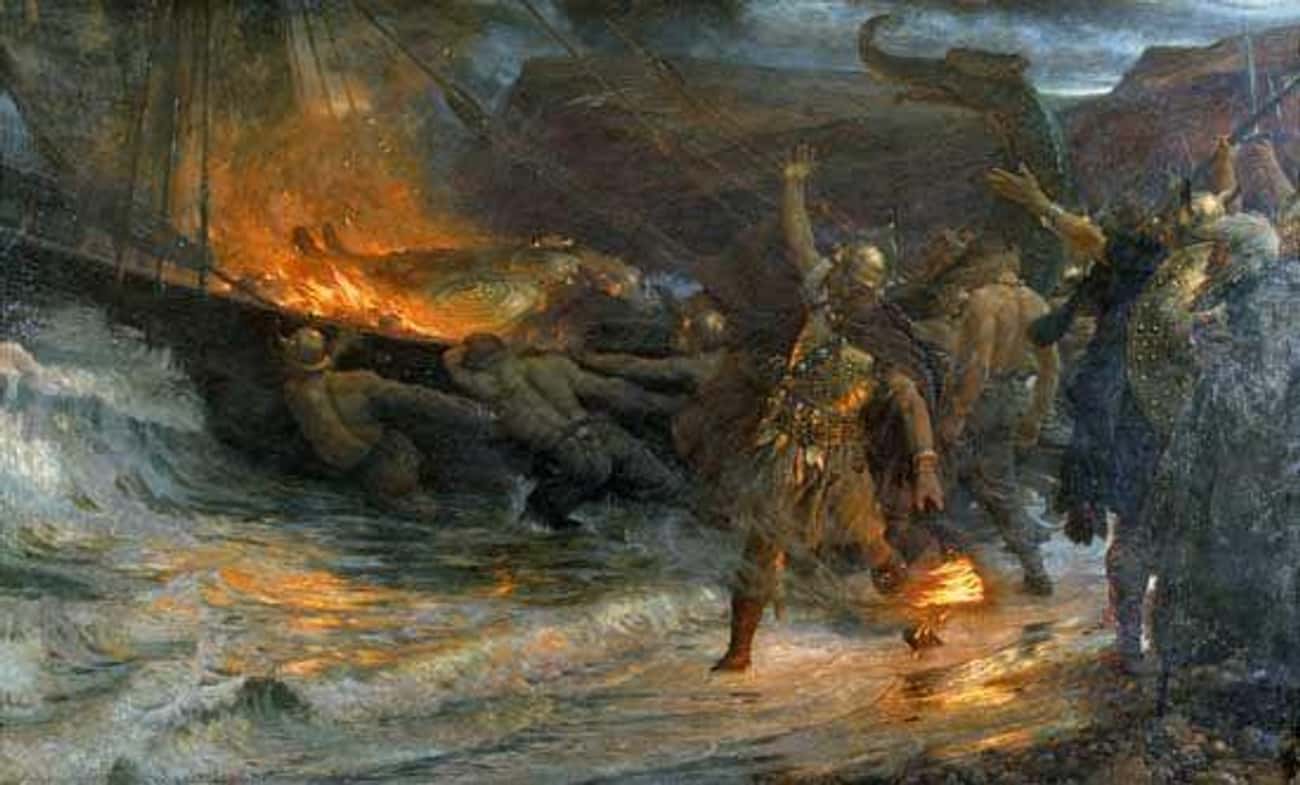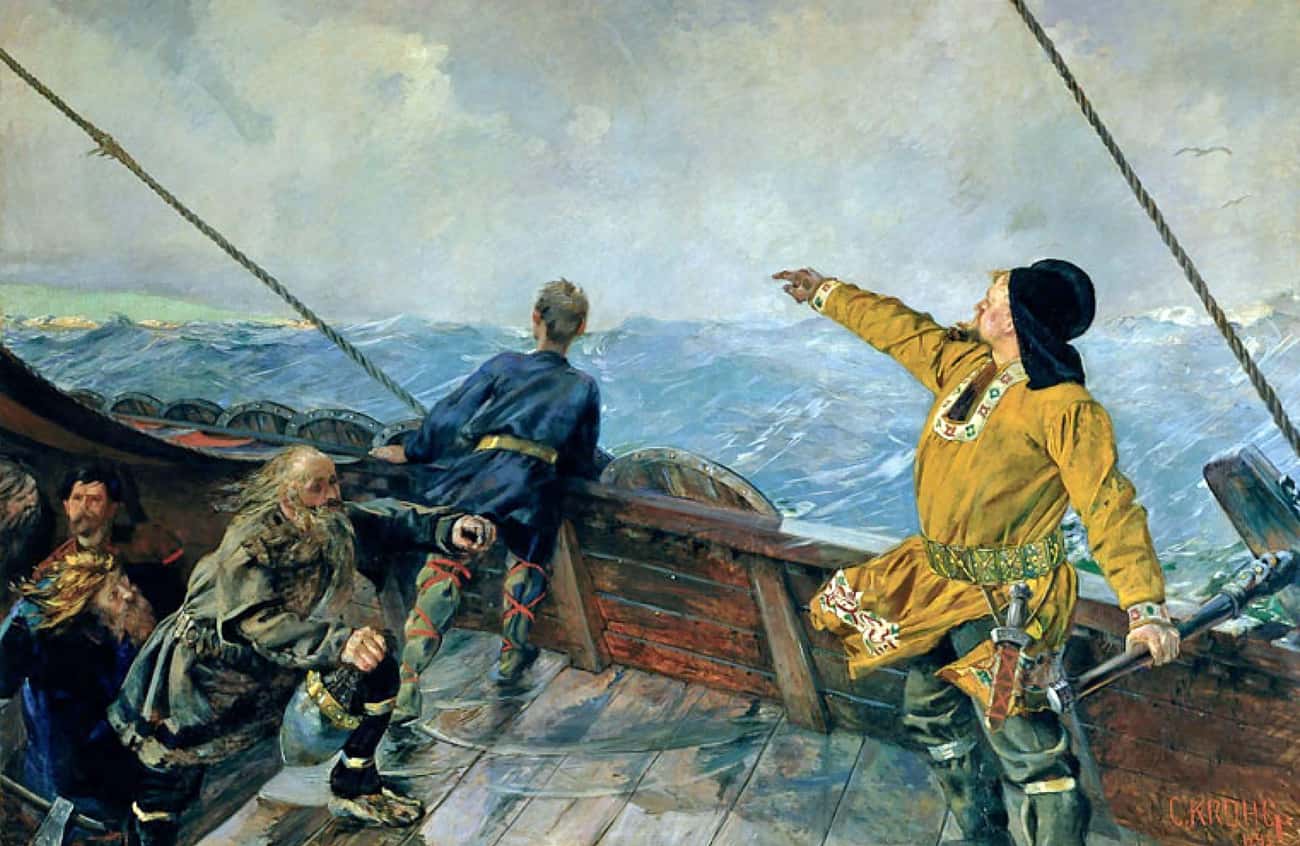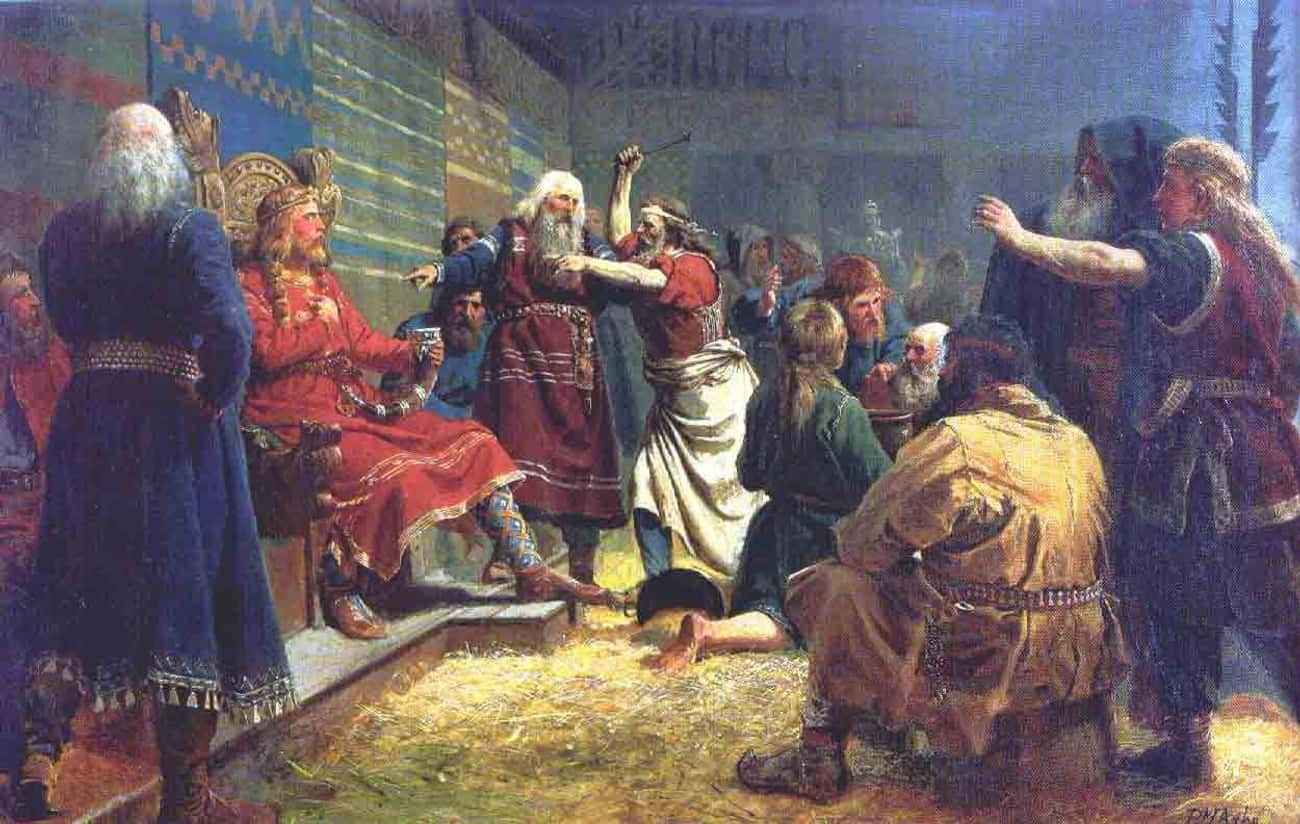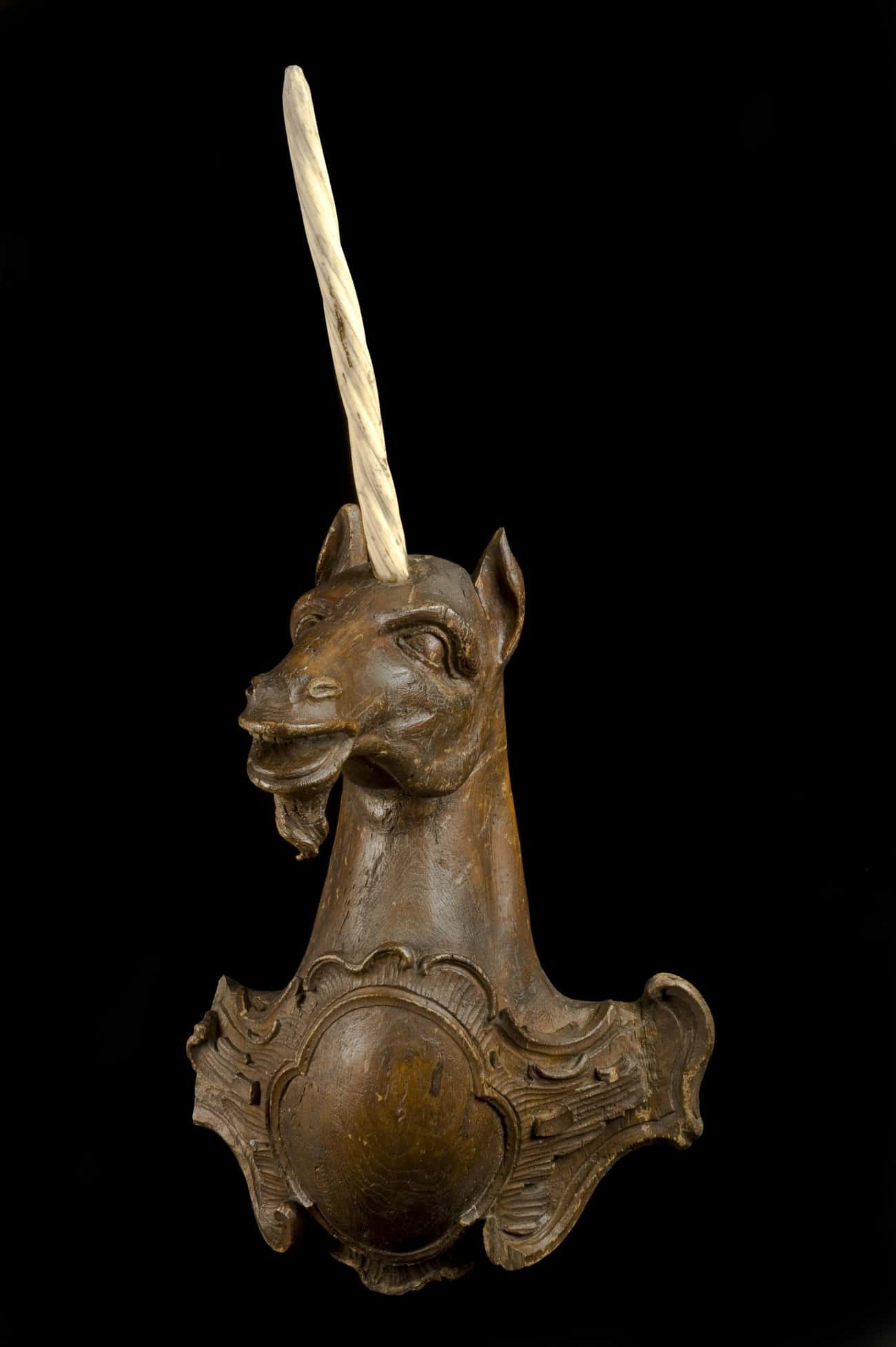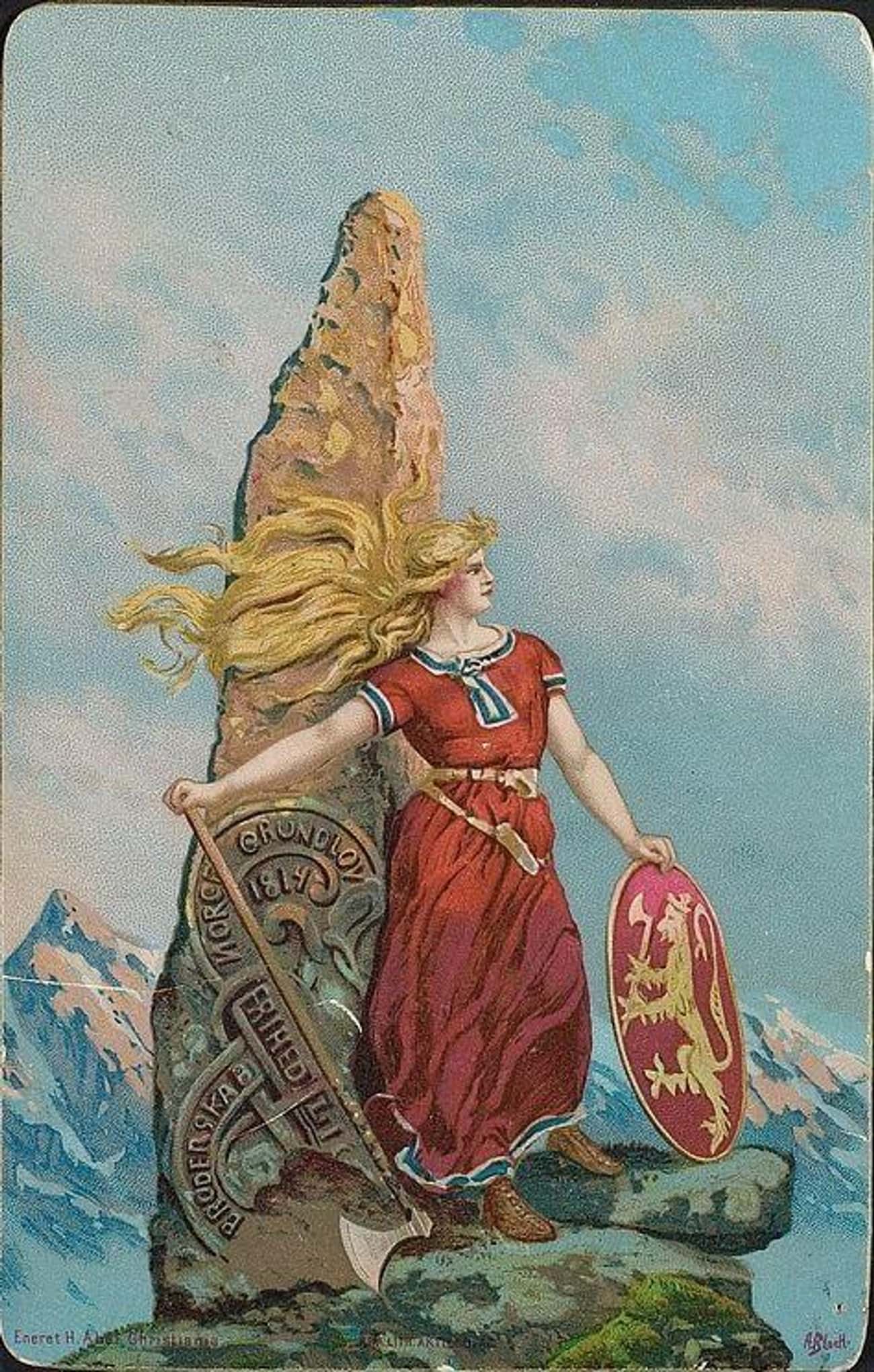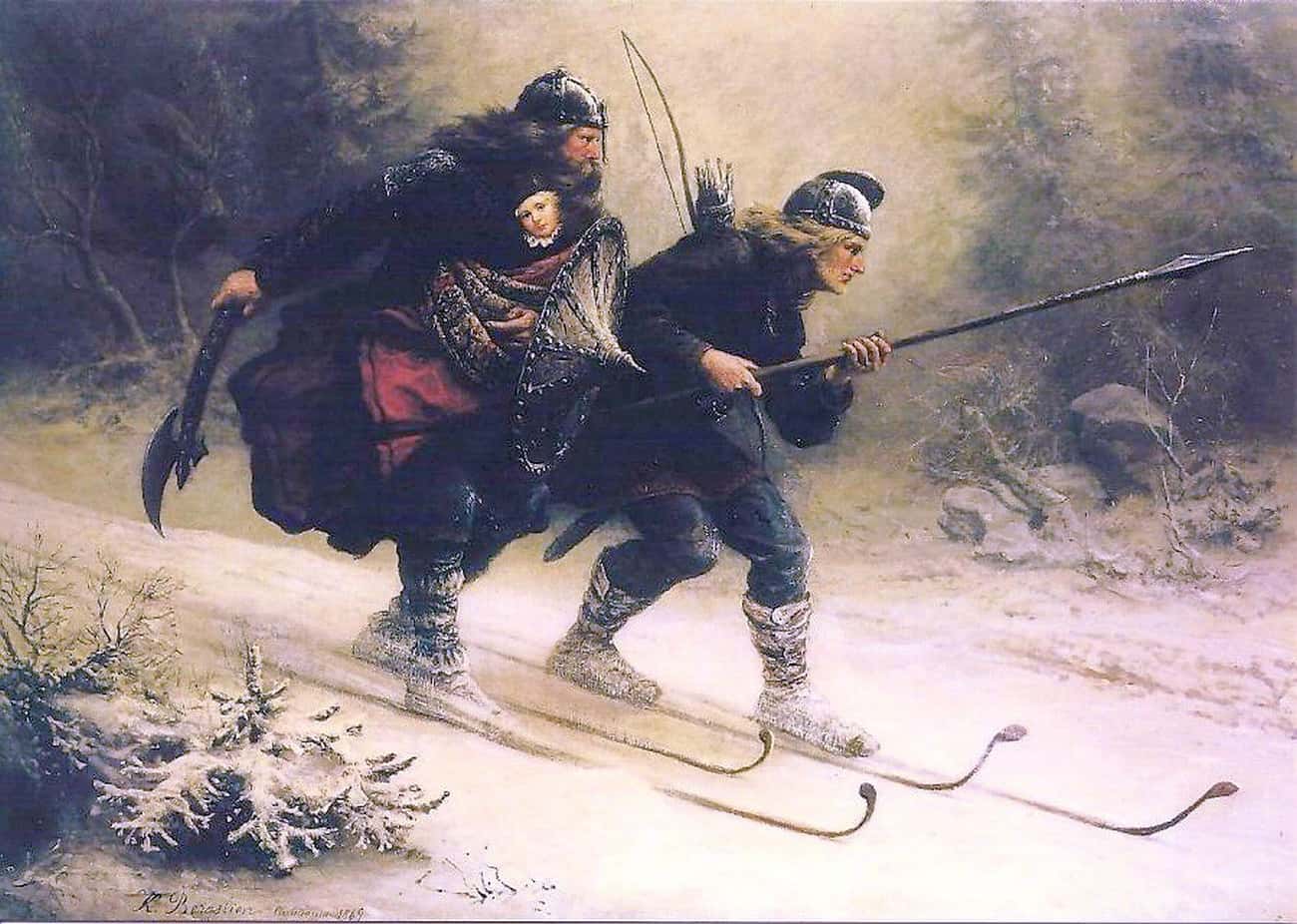16 Things You Might Not Know About Vikings
The history of the Vikings is replete with myths, misinformation, romantic notions, and pop-culture laziness. The facts about the Vikings are just as interesting as their myths, and have the added advantage of being true. Far from the violent, unwashed, horned-helmeted brutes of cultural depictions, the Vikings were explorers, farmers, traders, and colonists. They had a diverse religion, stratified society, and rich culture.
Of course, Viking history is also full of violence. From their brutal raids on England to their slave trading and drug-fueled combat, the Norse people of the Viking Age (between the 790s and 1066 AD) cut a swath through history. They also left a mark in the form of prosperous cities, archaeological ruins, and breathtaking sagas.
Burning Funeral Boats On The Open Water Wasn’t Really A Thing
The image of a flaming funeral ship drifting into the sea may be powerful but it’s not totally accurate. It is true that some Vikings – especially important ones – were cremated in boats. But these ships were usually buried on land as part of the funeral ritual. They likely weren’t sent into open water.
Though funeral traditions varied in the Viking world, many burials included grave goods, or items that the deceased might need in the afterlife.

Vikings Were In North America In 1021, WAY Before Christopher Columbus
Before Christopher Columbus “discovered” North America, Viking/Norse explorers made inroads into what is now Newfoundland at the turn of the 11th century. They even established a small village at L’Anse aux Meadows, on the northernmost tip of Newfoundland.
The L’Anse aux Meadows site, now a National Historic Site of Canada, was first excavated in the 1960s, but researchers could only estimate when the Vikings arrived there. In 2021, scientists announced they had used advanced technology dating tree rings to pinpoint the exact date the Vikings arrived: 1021, more than 470 years before Columbus.
The Vikings didn’t stay there long, however – probably only around three to 13 years.
Photo: Christian Krohg / Wikimedia Commons / Public domain
They Had Contact With Native Americans
Because of their exploration of North America, it’s likely that Viking sailors had at least some contact with Native Americans. Inuits and Vikings fought multiple times in Greenland. Moreover, scientists have discovered a genetic link between some Icelanders and Native Americans, which suggests a Native American woman might have traveled to Iceland with Vikings.
Trade likely took place as well. The Maine Penny, a Norwegian silver coin dating to the late 1000s found in a large trove of archaeological objects in Maine in 1957. Some scholars have said the coin is evidence of at least some Viking contact in the United States, with others saying it likely was brought from Newfoundland at some point, and a few simply writing it off as a hoax.
Photo: Taddeo Crivelli / Wikimedia Commons / Public domain
They Believed Warriors Got To Bring Their Dogs Into The Afterlife
Vikings seemingly had strong bonds with their dogs. They believed that warriors’ dogs could accompany to Valhalla, the grand hall where the most worthy warriors would gather in the afterlife. But in order to enter the hallowed halls of Valhalla, the dog would have to be dead. Dogs were thus sometimes sacrificed and buried with their masters.
Photo: Monro S. Orr / Wikimedia Commons / Public domain
Viking Warriors Didn’t Wear Horned Helmets
Vikings have become synonymous with horned helmets. But the ubiquitous headgear seen in operas, comics, and TV shows probably wasn’t worn by Viking warriors. They would have been unwieldy for close-quarter combat and a pointless affectation.
It’s likely that these helmets were first linked to Vikings in the 19th century, thanks to a costume designer. Carl Emil Doepler created the costumes for Richard Wagner’s Norse-themed operas. He probably based his hat designs on Greco-Roman artwork as well as helmets that old Germanic priests wore during ceremonies.
Photo: Peter Nicolai Arbo / Wikimedia Commons / Public domain
Vikings Engaged In Rap Battles
Vikings found creative solutions to rivalries. If two people ran into conflict, they could publicly needle each other. Flyting, from the Old Norse word for “provcocation,” was an opportunity for a Viking to show off his verbal prowess by poetically insulting someone else.
Flyting became a feature of courts throughout the Viking world, including England and Scotland.
Photo: Science Museum/Wellcome Images / Wikimedia Commons / CC-BY 4.0
They Sold ‘Unicorn Horns’ In Their Extensive Trade Networks
Vikings are perhaps best known for their devastating raids on coasts and along rivers. But they were also traders connected to networks that stretched all the way to North America and the Middle East.
Among the goods that they circulated: narwhal tusks, which they sold as unicorn horns. Given the popularity of unicorns in medieval Europe – fueled by the belief that unicorns were real creatures – there was no shortage of wealthy buyers.
Photo: Andreas Bloch / Wikimedia Commons / Public domain
Vikings Weren’t Always Blond-Haired And Blue-Eyed, Though They Sometimes Dyed Their Hair To Live Up To Beauty Ideals
Contrary to inaccurate – and racially charged – depictions of Vikings as exclusively blond-haired and blue-eyed, they were a culturally and ethnically diverse group with a variety of appearances.
To conform to Nordic beauty ideals, brown-haired male Vikings would sometimes use a strong soap with a high concentration of lye to bleach their hair blond. Some men would use the soap on their beards, as well. The lye soap had a practical application beyond looking trendy – it killed lice.
Photo: Peter Nicolai Arbo / Wikimedia Commons / Public Domain
Gender Roles Weren’t Totally Rigid
While Nordic societies were male-dominated, women enjoyed relative freedom, especially compared to other European cultures. Women married young, but could go on exploratory journeys with men, and made up a number of far-flung colonists. Women could inherit property, manage family finances, and request divorces. They were even able to get their dowry back in some cases.
Women also participated in roles that may have been closed to them in Western European society, since gender was slightly more fluid. Shield-maidens, or warrior women, color Nordic sagas, for example. Archeologists also discovered the grave of a high-ranking Viking warrior who was biologically female.
Photo: Knud Bergslien / Wikimedia Commons / Public Domain
Related Post
The entire tomb is filled with signs and symbols that mention Queen Nefertiti and after some time passed and linguistic experts managed to decipher the stories told here, the team was baffled.
The mystery of the Solar Temple of Abu Gurab and its “Star Gate” comes to light
Thuya, the mother of Queen Tiye, left a monumental legacy by becoming the grandmother of Akhenaten and Tutankhamun.
The oldest traditions lead us to believe that blacks were the first inhabitants of Mexico.
The REAL face of King Tut: The pharaoh had feminine hips, clubfoot, and protruding teeth according to the ‘virtual autopsy,’ which also revealed that his parents were brother and sister.
The “oldest gold of humanity” was found in the Varna necropolis, on the Bulgarian Black Sea coast
